Best in-ear headphones 2025: Our pick of the best earbuds for listening on the go
Need something light for listening on the move or when out running or in the gym? Here’s our pick of the best in-ear headphones and earbuds you can buy right now
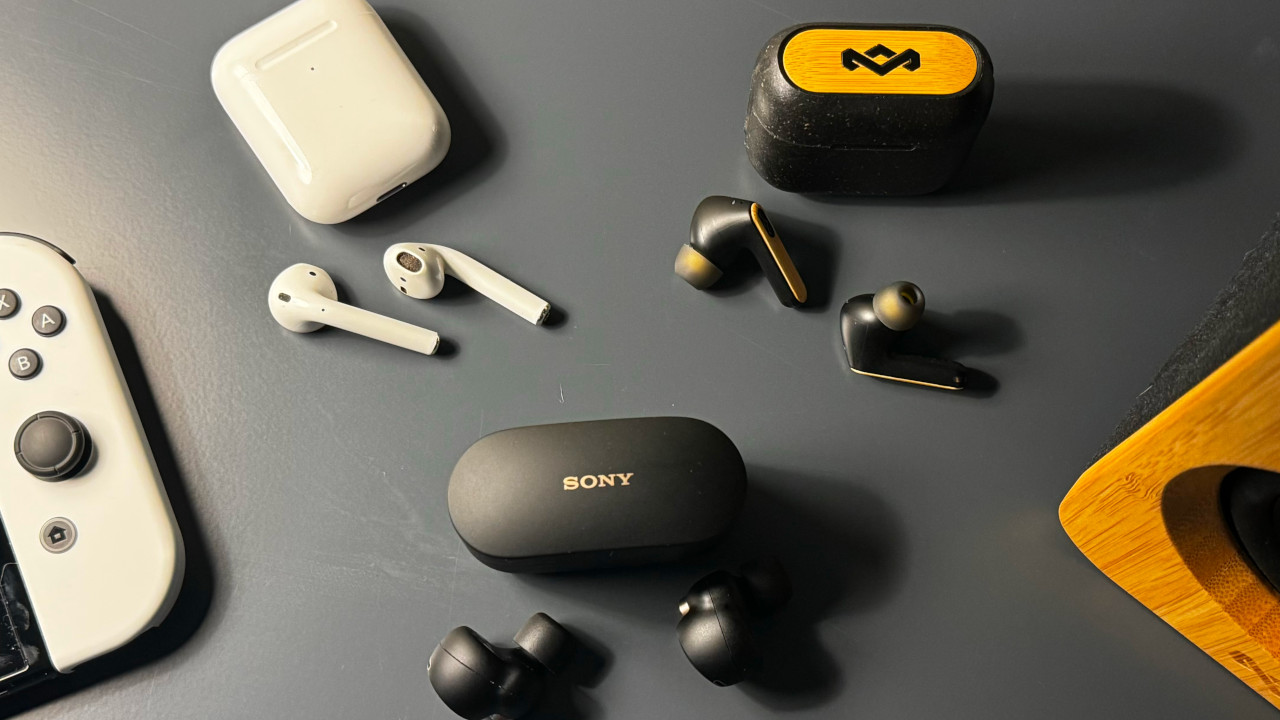
If you like listening to music on the go – whether that’s on the train, in the gym, out running or just walking down the street – then owning a good pair of one of the best in-ear headphones currently on the market is pretty much essential.
Why might you want to buy a pair of earphones? I previously highlighted some of the reasons in my article about over-ear headphones vs earbuds – but in a nutshell, they tend to be light and comfortable, not to mention more discreet than their over-ear counterparts, making them a great choice for listeners on the move.
There are some excellent over-ear and on-ear headphones you can buy right now, but today I'll go through a selection of my favourite in-ears and earbuds that cover a range of categories.
If you'd like to know my top pick before we dive into the full guide, my no.1 pick goes to the Sony WF-1000XM5. They're smaller and lighter than the previous generation, the battery life has been improved, and the noise cancelling is, as you'd expect from a Sony product, is simply excellent.
For more information on the in-ear headphones and earbuds, take a peek at my FAQ section which should hopefully help you make an informed decision.
The Quick list
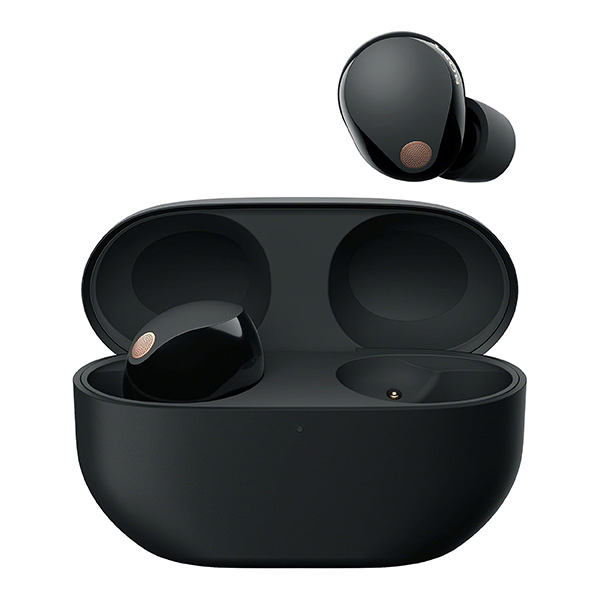
An upgrade on the Sony WF-1000XM4 earphones that previously held our top pick, the WF-1000XM5 true wireless earbuds are smaller and lighter than their predecessors, while offering better battery life and superior noise cancelling. Like their older sibling, they also sound superb, providing you with a luxury audio.
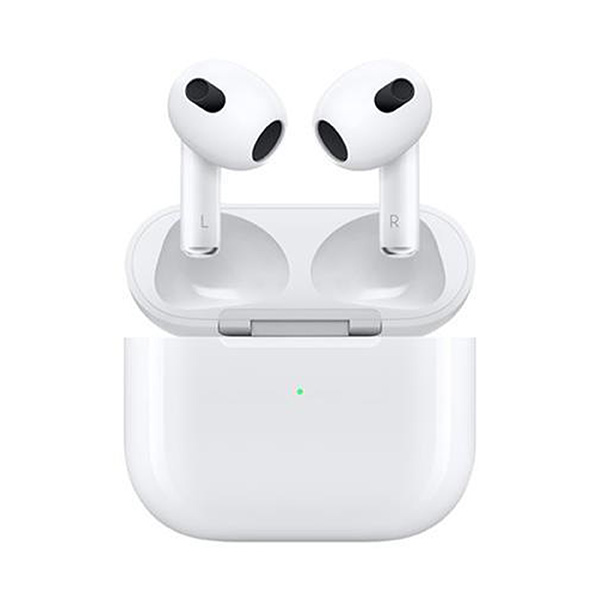
No list of the best in-ear headphones would be complete without something from Apple. The third generation of AirPods fit the bill in our list, not only because they sound the business, but because of their price. You can't go wrong with these, and if you have an Apple Music subscription, you can experience all the audio frills it offers.
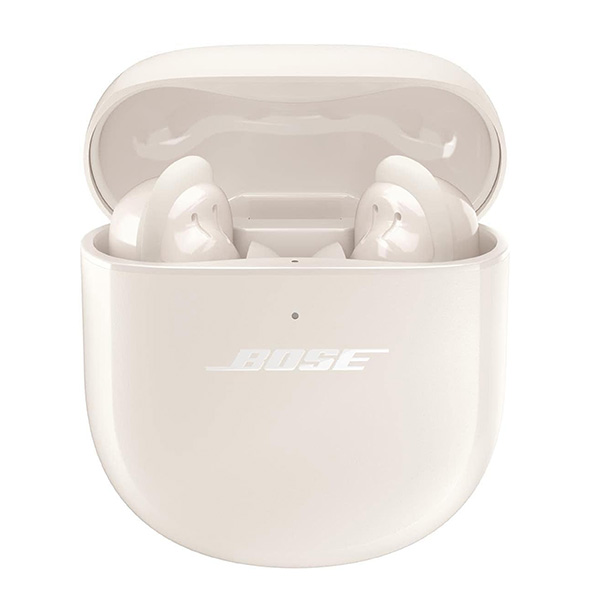
Another nice set of noise cancelling earbuds, this time from Bose. What makes these different from some others in the list is the fact they have 11 levels of noise cancelling on offer. They're also excellent if you're a runner as they're IPX4 rated so they'll deal with sweat and raindrops. Batter life is around six hours, so not the best, but these remain good earphones.
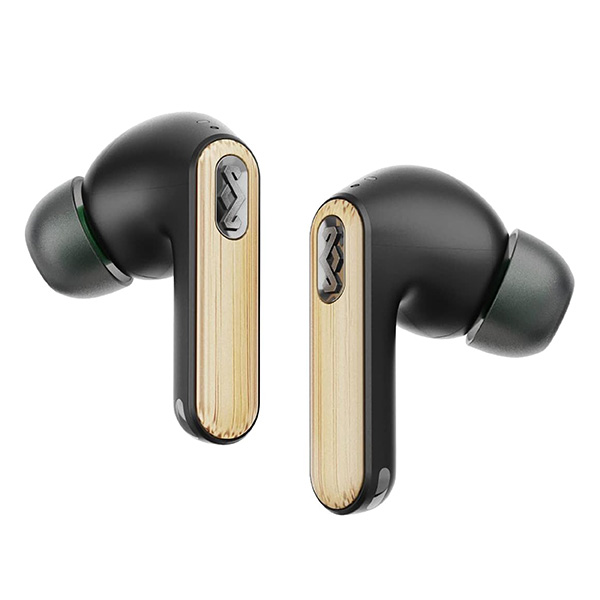
Another excellent earbud option are the bamboo-finished House Of Marley Redemption ANC 2. I alternate these with the Sony WF-1000XM4 when I'm out and about thanks to the Redemption ANC 2's lovely warm sound and comfortable fit. They're made from recyclable materials and you'll get six hours of music from a single charge.
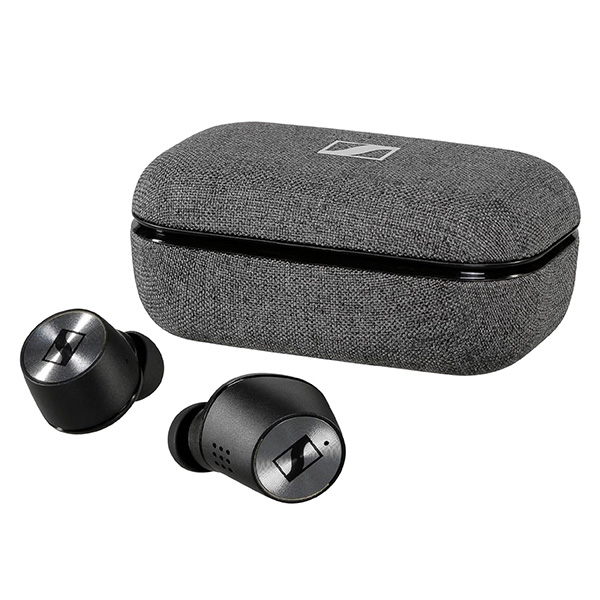
The Sennheiser Momentum True Wireless 2 might not be the newest kids on the block, but that doesn't mean these in-ear headphones can't hold their own against the competition. Active Noise Cancellation is decent, while the audio delivery, as you'd expect from Sennheiser, is detailed and enjoyable. Bass is a little lacking, but it's not a huge issue.

While the Sony WF-1000XM4 take the top spot in this list, let's not forget about the older, but still excellent WF-1000XM3. They don't pack quite the same punch as newer Sony in-ears and the noise cancelling isn't as good, but the price is spot on and you'll still get beautiful audio playback through these. If you're on a budget and looking for Sony in-ears, then pick these.
Load the next 3 products... ↓
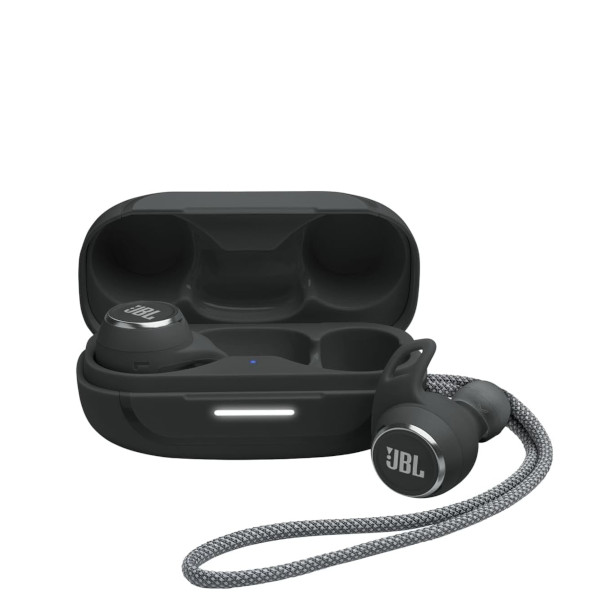
These true wireless earbuds offer very decent sound quality, a secure, comfortable fit, IP68 sweat protection and up to 24 hours of battery life. OK, so their active noise cancellation is a little underwhelming, and they won’t earn you as many looks as a set of AirPods might (probably not a bad thing), but they tick more boxes than most of their sporty competitors – and for that reason, they deserve a place in your gym bag.

Soundmagic specialise at the budget end of the in-ear headphones market, but don't write them off as these robust tethered earbuds strike a brilliant balance between treble and bass, making them instantly likeable. They're a great option to fling into a backpack after use and they won't get tangled due to their silver-plated copper cable.

If you're after a good set of earbuds and you're on a serious budget, or are looking for a second pair of in-ears that won't break the bank, then the Skullcandy Smokin' Buds come highly recommended. The audio delivery is pretty good for the money you're paying and perform way better than many others at this price. Don't expect anything earth-shattering and you'll be happy.
The Louder choice
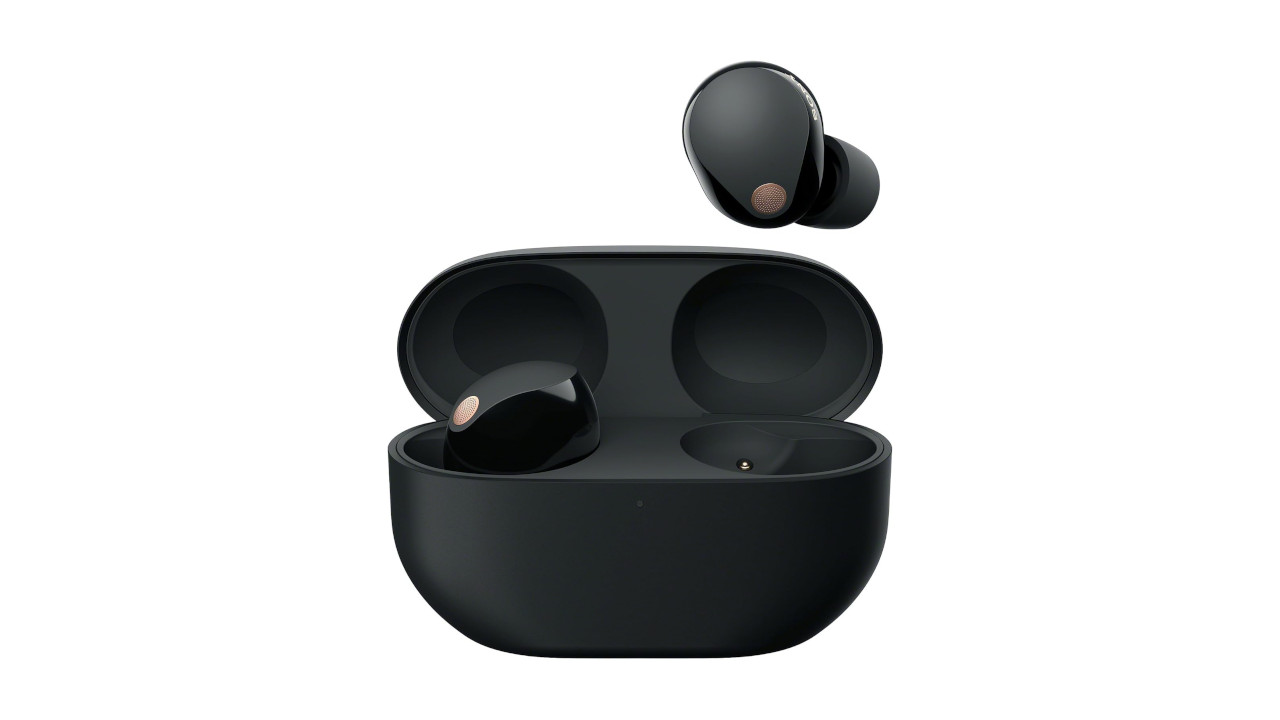
Specifications
Reasons to buy
Reasons to avoid
✅ Buy if you want top of the range in-ears: Sony keep delivering the goods with the XM line-up - and with awesome sound and class-leading ANC, they're our hot pick.
❌ Avoid if you want total comfort: These earbuds can be a little tricky to place in your ears and aren't the ost comfortable for extended sessions.
Such was the all-round quality of the Sony WF-1000XM4, it was always going to take something special to knock them off their perch – and the WF-1000XM5 are certainly that.
Launched two years after their predecessor in the summer of 2023, these upgraded buds offer a wealth of plus points. Not only will you get terrific sound, best-in-class noise cancelling, crystal-clear call quality and great battery life, but you’ll also enjoy advanced features such as Adaptive Sound Control, where the earphones adjust their settings based on your surroundings; immersive audio for AR gaming; plus support for High Resolution Audio Wireless.
Add in features like fast charging, where a three-minute boost will get you 60 minutes of playback time, plus IPX4 water resistance, and you have a set of earphones you can rely on whether you’re at home, in the gym or on your travels.
Read our Sony WF-1000XM5 review
Test | Results | Score |
|---|---|---|
Bluetooth | Yes: Bluetooth 5.3 | ★★★★★ |
Noise cancelling | Brilliant ANC - no complaints | ★★★★★ |
Battery life | Up to 8 hours on a full charge | ★★★★☆ |
Best for Apple fans
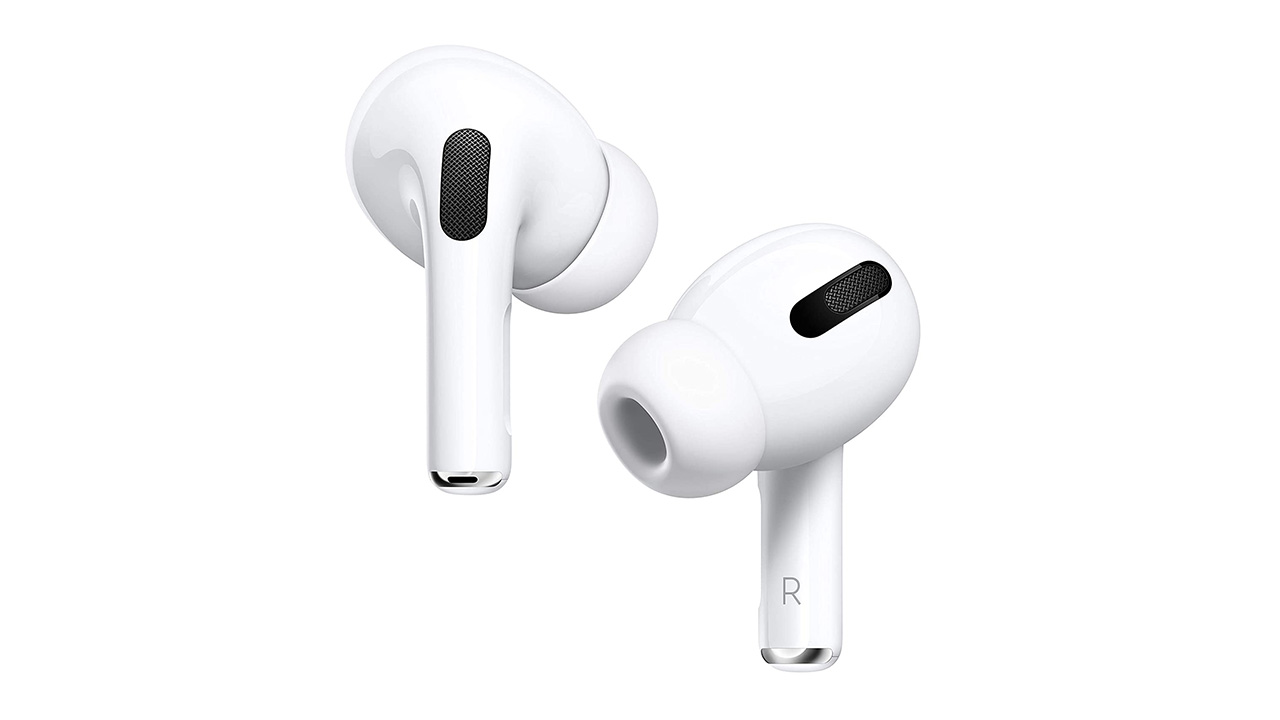
Specifications
Reasons to buy
Reasons to avoid
✅ Buy if you rock Apple Music: AirPods really come into their own when paired with an Apple Music sub. Audio sounds superb and it's simply the perfect match.
❌ Avoid if you use other streaming services: Apple AirPods still perform well with other streaming services, but we think they truly shine with Apple integration.
When it comes to in-ear headphones, it’s hard not to immediately think of Apple’s audio wonders. The Apple AirPods have been a massive hit for the tech giant since they first launched back in 2016 with, it seems, most of the music-loving world gravitating towards them.
There have been several variations over the years, but my pick goes to the AirPod Pro (3rd Gen) which are pretty smart and the active air cancelling technology – while not the best – is reassuringly solid.
Battery life is decent enough, but I think it could be better, while a few colour options (like those seen on the Apple AirPods Max) would be very welcome. All in all, a dependable and great choice for your lugs - especially if you have a subscription to Apple Music. as this is where these in-ears truly shine.
Read our Apple AirPods review
Test | Results | Score |
|---|---|---|
Bluetooth | Yes: Bluetooth 5 | ★★★★★ |
Noise cancelling | Above average | ★★★★★ |
Battery life | Up to 5 hours on a full charge | ★★★☆☆ |
Best for flexibility

3. Bose QuietComfort Earbuds
Our expert review:
Specifications
Reasons to buy
Reasons to avoid
✅ Buy if you want noise cancelling flexibility: These Bose in-ears offer 11 levels of noise cancelling so you're pretty much guaranteed to find your sweet spot.
❌ Avoid if you want big battery life: With up to 6 hours playback from a full charge, there are lengthier battery options elsewhere.
Bose have built a great reputation in the audio world for there products' awesome audio delivery, and their rock-solid QuietComfort Earbuds are proof of that, if any were needed. The onboard noise cancelling tech really comes into its own here thanks to a huge 11 levels on offer, while the crisp, balanced sound simply shines.
Like their name would suggest, the Bose QuietComfort Earbuds are extremely comfortable to wear for long listening sessions thanks to three eartip sizes, while IPX4 integration means they are also sweat and weather resistant - making them ideal for outdoor runs or trips to the gym.
Like some other options in this list, I'd like the battery life to be a little better, but with six hours on a single charge, that’s only a small quibble and one I'm sure will be addressed in future models.
Test | Results | Score |
|---|---|---|
Bluetooth | Yes: Bluetooth 5.1 | ★★★★★ |
Noise cancelling | 11 levels | ★★★★★ |
Battery life | Up to 6 hours on a full charge | ★★★★☆ |
Best green option

Specifications
Reasons to buy
Reasons to avoid
✅ Buy for warm-sounding audio: Since getting these earbuds, I've loved the rich audio they deliver - and they look great.
❌ Avoid if a large battery life is important: While the battery life is decent, a little more oomph would be welcome.
House Of Marley's latest foray into the in-ear headphones market has been a success, as the Redemption ANC 2 are a step up from the previous model. As with everything House Of Marley produces, these earbuds are crafted using recycled plastic and finished in bamboo.
The Active Noise Cancelling is more than adequate and the sound delivered is warm and dynamic. You can also tweak EQ settings, update the firmware and adjust the touch controls through the House Of Marley app.
You'll get six hours of music with ANC activated from a single charge, while eight hours is achievable while in ambient mode. The included charging case boosts that to 24 hours, while a quick 15-minute fast charge will give you around two hours of playback – perfect if you're running late for the train.
Read our House Of Marley Redemption ANC 2 review
Test | Results | Score |
|---|---|---|
Bluetooth | Yes: Bluetooth 5 | ★★★★★ |
Noise cancelling | Good but not class-leading | ★★★★☆ |
Battery life | Up to 8 hours on a full charge | ★★★★☆ |
Best for detail
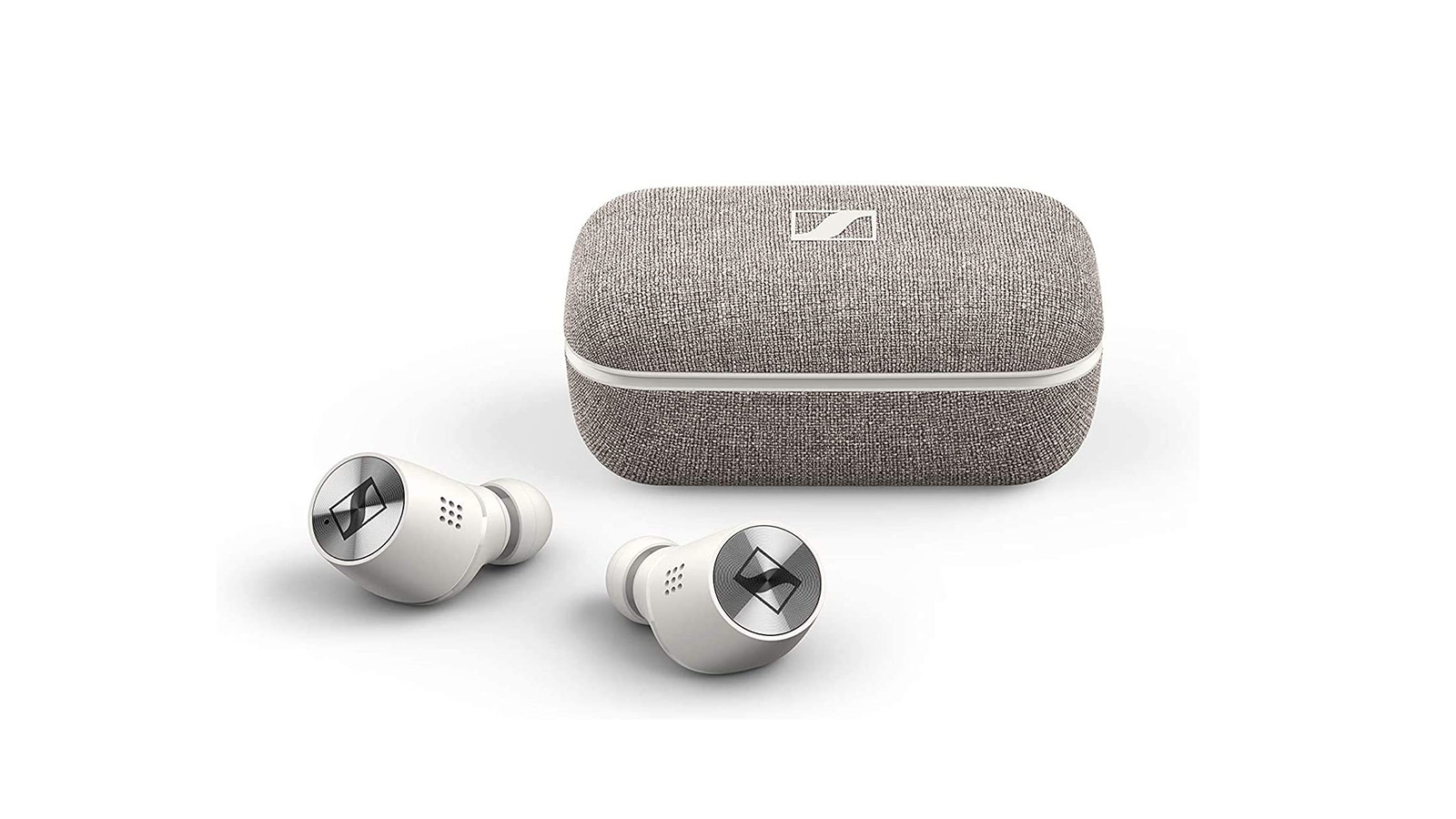
Specifications
Reasons to buy
Reasons to avoid
✅ Buy if you want detailed performance: With the Sennheiser name attached, you'd expect quality audio, and these in-ears don't disappoint.
❌ Avoid if you need top-range ANC: Noise cancelling here is decent, but it could be better. Look elsewhere if this matters to you.
Sennheiser Momentum True Wireless 2 are an updated version of the audio firm’s original Bluetooth earbuds. The main difference? Active Noise Cancellation has been added, while they also offer a snugger, more comfortable fit.
Touch controls enable you to skip through your favourite tracks with ease, while Transparent Hearing is used to activate both Google Assistant or Siri depending on your smartphone of choice.
While good, noise cancelling could be a little better, but I can’t ding it too much for that – especially when you also take into consideration the lush audio delivery. Battery life, however, could be a little bit more generous.
Read our Sennheiser Momentum True Wireless 2 review
Test | Results | Score |
|---|---|---|
Bluetooth | Yes: Bluetooth 5.1 | ★★★★★ |
Noise cancelling | Adequate but could be better | ★★★☆☆ |
Battery life | Up to 7 hours on a full charge | ★★★★☆ |
Best budget Sonys
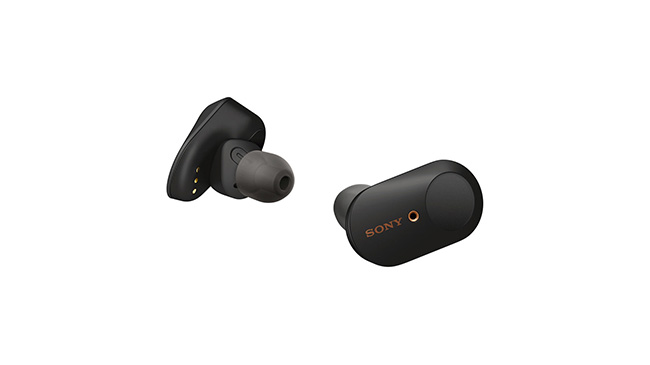
Specifications
Reasons to buy
Reasons to avoid
✅ Buy if you want well-priced Sony in-ears: While the XM5's rock our top spot, if you're looking to dive into the world of Sony for a good price, these fit the bill nicely.
❌ Avoid if you want top-tier Sonys: If you have a little more to spend, take a look at the XM4 which you can get for a good price these days.
While the Sony WF-1000XM5 above are our pick for the top spot, it's hard for me not to include the older Sony WF-1000XM3 - but my recommendation does comes with caveats.
The noise cancelling here doesn't match the XM4 or XM5, but that doesn't mean it's not up to scratch, while the earbuds' Bluetooth chip sharpens up music synchronisation. If you go into your purchase not looking for class-leading noise cancelling, I don't think you'll be disappointed with the end results.
The in-ear grip is on point and they still sound fantastic, with the Sony WF-1000XM3 delivering clear, rhythmic and detailed sound and have all the musical energy you could need.
For the price, these in-ear headphones come recommended.
Read our Sony WF-1000XM3 review
Test | Results | Score |
|---|---|---|
Bluetooth | Yes: Bluetooth 5 | ★★★★★ |
Noise cancelling | Works well on daily commute | ★★★★☆ |
Battery life | Up to 6 hours on a full charge | ★★★☆☆ |
Best for the gym

7. JBL Reflect Aero
Our expert review:
Specifications
Reasons to buy
Reasons to avoid
✅ Buy for music while working out: With their IP68 rating, these are a great choice for time in the gym
❌ Avoid if you want long-lasting comfort: The Reflect Aero are great for short gym sessions, but not that comfortable for marathon training.
If going to the gym and running outdoors is your thing and you want to listen to music or a podcast while training, you’ll need headphones that are up to the job. When I say “up to the job”, I mean that they’ll stay firmly in your ears while you work out; they’ll be able to withstand a bit of sweat; and they won’t run out of battery halfway through your session. If they offer great sound quality and crystal-clear phone calling / receiving as well, then that’s a bonus.
Launched in spring 2022, JBL’s Reflect Aero in-ear headphones tick all of these boxes and a few more besides. Designed with Oval Tubes and POWERFINS, and packing three sets of differently sized tips, these natty accessories will nestle nicely inside your earholes, ensuring that you won’t drop one every time you break into a sprint.
Their IP68 rating means they’ll cope with even the heaviest bouts of perspiration. And with 24 hours of battery power available (eight in the buds themselves, an extra 16 when you add in the charging case), you won’t have to charge them up after each gym visit.
While the active noise cancelling could best be described as adequate, the buds’ overall sound quality makes up for it with plenty of detail in the highs and mids, and some satisfying oomph at the bottom end. They're not the most comfortable in-ears for extra long listening sessions, but all things considered these are a great choice for active folk – especially those who don’t want to spend a fortune.
Test | Results | Score |
|---|---|---|
Bluetooth | Yes: Bluetooth 5.2 | ★★★★★ |
Noise cancelling | No frills but audio still great | ★★★★☆ |
Battery life | Up to 8 hours on a full charge | ★★★★☆ |
Best for balance
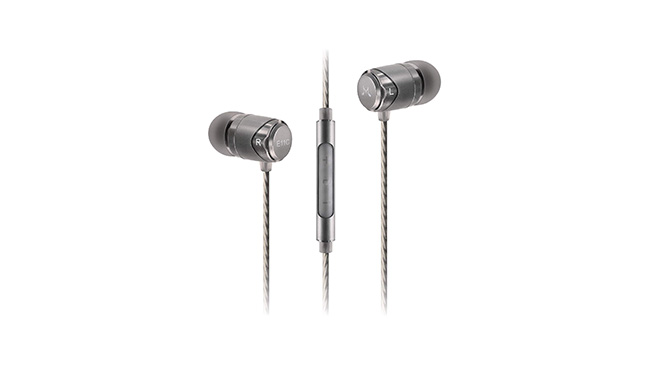
Specifications
Reasons to buy
Reasons to avoid
✅ Buy for balanced audio at a great price: An excellent choice if you're on a budget but still want above average performance.
❌ Avoid if style's your thing: Function over form is the order of the day.
A relative newbie in the audio world, SoundMagic has quickly established itself as one of the top dogs in budget headphones land.
This version of the company’s award-winning affordable in-ears boasts an updated driver and a silver-plated copper cable that’s twisted to help reduce tangles. There’s also a mic and three-button remote for taking calls and controlling your music.
What makes the E11Cs special is the sound. The excellent tonal balance means nothing sticks out and all of your music sounds as it should, from deep bass to twinkly treble, and there’s energy to the sound that makes everything fun. There’s really nothing not to like.
Read our SoundMAGIC E11C earbuds review
Test | Results | Score |
|---|---|---|
Bluetooth | N/A | ☆☆☆☆☆ |
Noise cancelling | N/A | ☆☆☆☆☆ |
Battery life | N/A | ☆☆☆☆☆ |
Best budget option
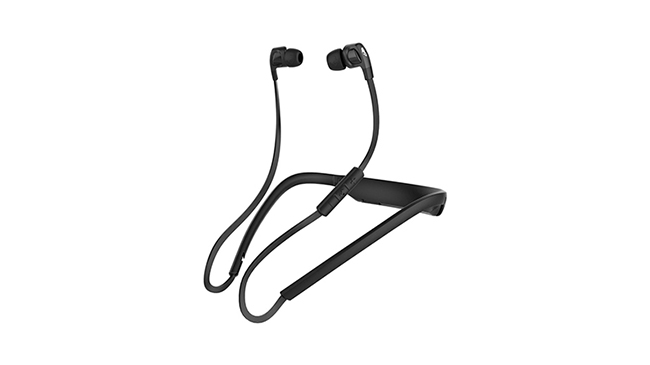
9. Skullcandy Smokin' Buds 2 Wireless
Our expert review:
Specifications
Reasons to buy
Reasons to avoid
✅ Buy if you're on a tight budget: Skullcandy's in-ears are better than most bundled-in phone earphones - great for the price.
❌ Avoid if you need top-performing in-ears: Wireless drop-out can happen and they're definitely not for audiophiles.
Ignore the cringeworthy name and these bargain buds are some of the best in-ear headphones you can get for the price.
There’s a fairly hefty neckband that helps to keep them in place while you wear them, but it can be removed if you think it’s too chunky, leaving behind a fairly lightweight pair of buds that are tethered together by a thin cable that includes a remote and microphone.
Sound quality is good, particularly for the money, and while the battery life and wireless signal aren’t the best, you can’t have the moon on a stick when you’re paying this price.
If you're on a tight budget and want a pair of no-frills headphones for your gym bag, then look no further.
Test | Results | Score |
|---|---|---|
Bluetooth | 5.0, but audio drops detected | ★★★☆☆ |
Noise cancelling | N/A | ☆☆☆☆☆ |
Battery life | Up to 7 hours on a full charge | ★★★★☆ |
FAQ
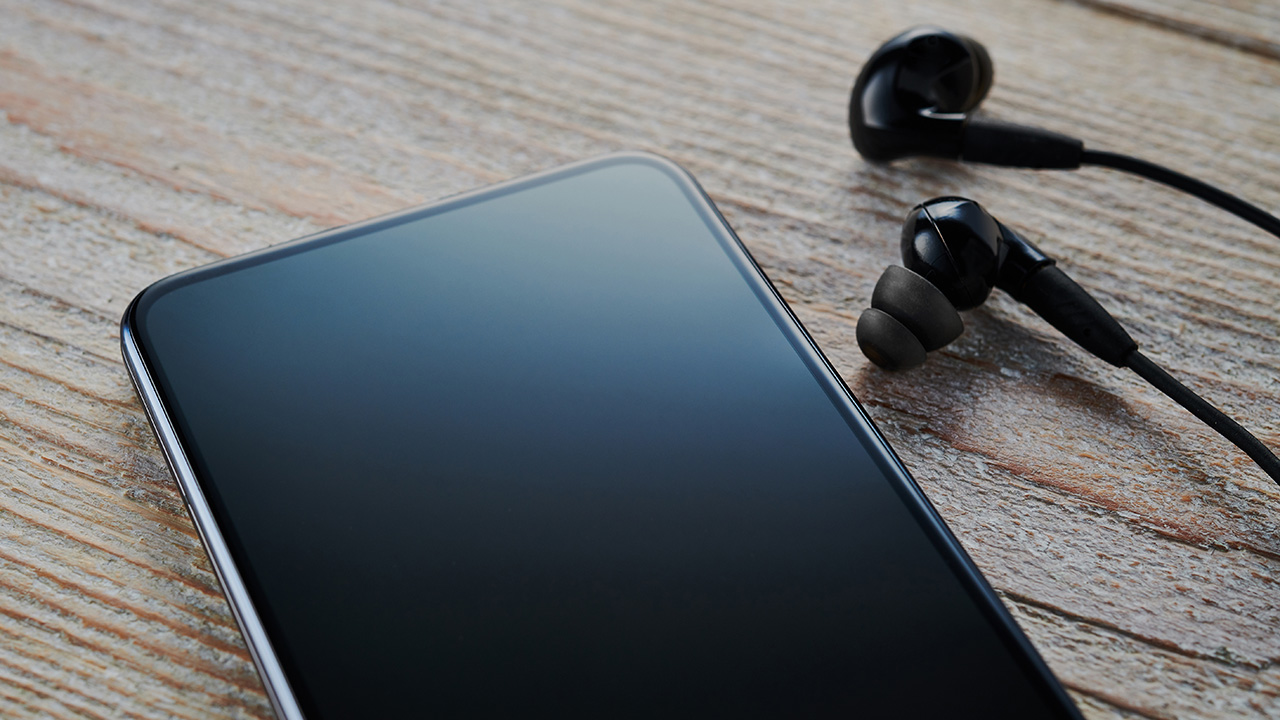
They may be dinky and – in the case of wired models – relatively simple, but there’s a lot to consider when choosing a pair of the best in-ear headphones. So if you’re sitting comfortably, let’s begin.
What features do in-ear headphones offer?
This is very much dictated by price and brand. If you’re looking for in-ears for sports, look for models with ear clips that will better anchor the buds to your head. Water resistance is well worth having too. More expensive earphones will often pack more processing power, and boast algorithms that elevate lower quality streams to something approaching hi-res audio.
Noise cancelling is perhaps the ultimate feature differentiator. Very low cost in-ears will probably not offer noise cancelling, but step up the price ladder and you’ll find some models with excellent Active Noise Cancelling.
When you’re going wireless, also consider which version of Bluetooth is being used. The latest versions, we’re now on 5.0, are more battery-friendly. AptX Bluetooth indicates that sound quality has been prioritised. It can transmit music at 16-bit/44.1kHz, often described as CD-like.
Aptx Bluetooth HD is a significant step up the performance ladder. Developed by Qualcomm, this Bluetooth codec is able to transmit 24-bit hi-res audio, between compatible hardware.
Some brands, for whatever reason, snub aptX HD in favour of a rival technology, known as LDAC. Invented by Sony, it has been adopted by various makers. LDAC allows high-res audio streaming over Bluetooth, up to 990 kbps at 24 bit/96 kHz.
The most recent wrinkle in the codec story is aptX Adaptive. It’s a mix of aptX HD and aptX Low Latency, the latter having been developed for gaming applications and video playback with improved syncing (said to be less than 40 milliseconds).
What’s better? Wired vs wireless vs True Wireless
Some might suggest that wired headphones sound a little better than wireless headphones as there’s inevitably a loss of sound quality incurred during wireless transmission - but when it comes to usability, wireless clearly has the edge.
Before going for a wired pair, do check that your smartphone – assuming you intend to listen to tunes on your phone and have one of the best phones for music - actually has a standard 3.5mm socket as many newer handsets simply don’t offer one.
Also bear in mind that wireless in-ears with a cable or neckband between the two buds tend to have a bigger, longer-lasting battery than true wireless pairs, but the case that comes with True Wireless in-ears usually carry three or more extra charges for the buds.
Wireless headphones are not the same as True Wireless models. Wireless Bluetooth headphones don’t physically attach to a smartphone or music player, but the cups or buds are connected. This could be via a traditional headband or necklace.
True Wireless earbuds are completely separate from one another, with no physical tether between left or right, or indeed your music source. This makes them extremely convenient to wear. True Wireless buds ship in a small storage case that will act as a recharging station. Pop the buds into their magnetic holders, and they’ll recharge from the juice in the case. This case can typically hold three to four times as much charge as the buds themselves.
Can in-ear headphones damage your ears?
If you’re sensible about usage and volume, then in-ear headphones don’t present a greater threat to your hearing than on-ear or over-ear models. Indeed, you might even be tempted to run them at lower levels, as the level of outside interference will be reduced due to the isolation offered by the buds themselves.
The generally recommended volume for prolonged listening is between 60 and 85 decibels. Most headphones won’t go louder than 100db, so a simple rule of thumb is to ensure you’re not listening at 100 percent volume! That said, if you like to crank it, check out our round-up of the loudest headphones around.
How secure are in-ear headphones?
Generally, very secure. As long as you take advantage of the various tips offered. Fit matters a huge amount with in-ears, so experiment for the best purchase. Our ears are all different, and failing to ensure that your chosen headphones fit yours correctly could result in them not only falling out, but also sub-standard sound – something we’re fully against here at Louder.
If you don’t feel as though you’re getting the fit or sound that you should from your chosen pair, return them and find an alternative.
How good is noise cancelling?
Noise cancelling is a standard feature on mid and high-end earbuds and earphones, so there’s plenty of choice. In many cases it’s as good as you’ll find in over-ear models, or no less than one generation removed from the ANC offered in flagship wireless over ear models.
How we test
Freedom of movement is a huge part of the appeal of diminutive in-ear True Wireless headphones, but it also provides them with an assortment of performance hurdles to overcome. Stereo cohesion, dynamics and battery life all fall under the spotlight when we’re testing.
Wireless playtime is a key criteria. Just how long will a pair of in-ears last before a top-up charge is required, and what power reserves are held in that portable charging case?
In-ear headphones are a marvel of engineering, and there’s nothing more fun than pushing them to extremes. Are their dynamic drivers nimble enough to keep pace with Kirk Hammett’s relentless riffing on Metallica's Enter Sandman? Is James Hetfield’s whispered prayer easy to follow?
We also listen out for stereo cohesion, and a sense of scale. Live performances are good for this. Go-to concert test albums include the Ramones It’s Alive, The Rolling Stones Get Yer Ya-Yas Out and Alive by Kiss.
Related content
You can trust Louder
- The best headphones for music: supercharge your listening
- Cut the cord for less with the best budget wireless headphones
- Our pick of the best AirPods alternatives
- The best audiophile headphones: Get more from your music
- Get your hands on the best headphones under £100
- The best headphone amps to boost your audio pleasure
The latest news, features and interviews direct to your inbox, from the global home of alternative music.
Tom Parsons is a music and film fan who's been testing audio kit of all varieties for over 15 years - from turntables and headphones, to speakers and TVs - most of those at What Hi-Fi? where he is currently TV and AV Editor. Before What Hi-Fi?, Tom worked as Reviews Editor and then Deputy Editor at Stuff, and over the years has had his work featured in publications including T3 and The Telegraph, plus appeared on BBC News, BBC World Service, BBC Radio 4 and Sky Swipe to talk tech. He also loves rock and metal and is a particularly big fan of Coheed and Cambria.
- Paul Dimery
- Scott MunroLouder e-commerce editor

